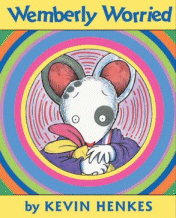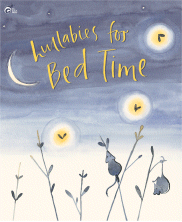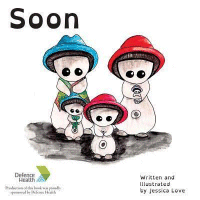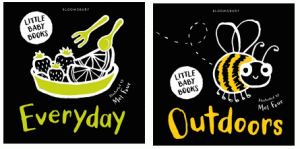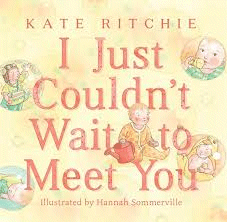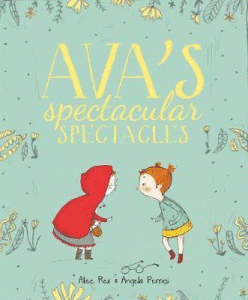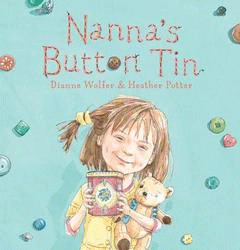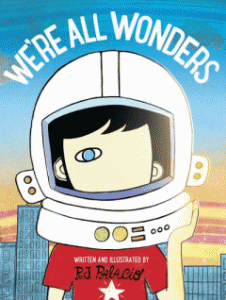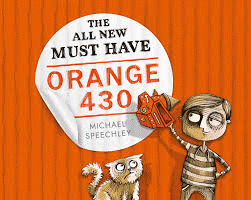
The All New Must Have Orange 430
The All New Must Have Orange 430
Michael Speechley
Penguin Viking, 2018
32pp., hbk., RRP $A24.99
9780143788973
Remember the fidget spinners of last year that were the essential, all-new, must-have for kids? The beyblades? The shopkins? And a hundred other toys that clever advertising has made top-of-the-toy-parade but which fade as quickly as they appear? Well, Harvey had them all – and then some! Boxes and buckets full of them! So when he heard about The All New Must Have Orange 430 then he had to have that too.
The only thing that was empty in Harvey’s room was his money box but after checking everything and everywhere he finally found enough coins to be able to buy his latest desire. So intent was he on owning it that he didn’t notice the huge April Fools’ Sale sign or that this All New Must Have Orange 430 sat on a shelf surrounded by items such as dead batteries, free fat, grey fluff and even a lead balloon! He was only focused on having The All New Must Have Orange 430!
When he got home he eagerly unwrapped it. It had EVERYTHING _ a thingy that did nothing; a whatsit that did squat; a dooverlacky that was whacky; and a something that was silly. But what did it do? No matter what he did, it did nothing and he finally realised it was “actually completely useless.”
So he decided to take it back – and then his life changed forever.
In a world that seems to be all about having the latest and greatest, keeping-up-with-the-Jones is paramount and we are bombarded by advertisements in every aspect of our lives (even in public toilets), this book is a breath of fresh air. As parents find it easier to give into pester power than suffer the sulks of a firm “no’ as their children mimic their own consumer-driven behaviour, the ideas of looking for value or even restraint and second thoughts seems to have disappeared in this age of instant gratification. So to have a well-written, superbly illustrated book that compels the reader to think before they buy is excellent and will serve as a brilliant teaching tool to introduce the power of advertising, peer pressure, impulse buying, the value of money and even saving for something that seems to be beyond the mindset of so many, including Miss 12! Maybe, for those who are a little older, there could be an examination of the psychology that drives the need to belong, to be one of the flock rather than individual.
Its sepia tones used for all but The All New Must Have Orange 430 add to its layers as they depict what appears to be a beige life with the only spot of colour being a new purchase. But once the brief thrill of the purchase is made, and everyone has what the other does, it too fades to beige in anticipation of the next best-thing.
As nearly all of us seek more and more storage for more and more stuff, swearing that we will declutter someday soon, reading and taking heed of the important themes of this book may help our younger students refrain from being Harveys in the first place!
Definitely one for Miss 12 and Miss 7 – perhaps even their parents! And definitely one for any unit of work that focuses on consumerism and marketing.
